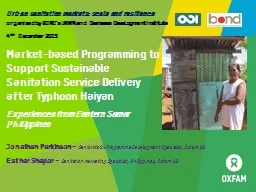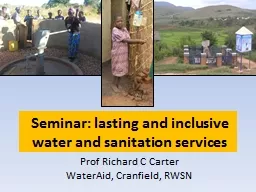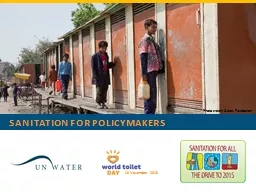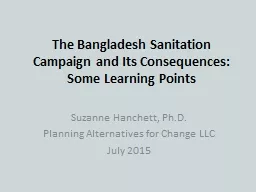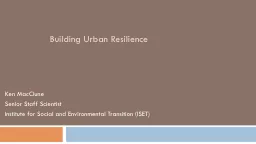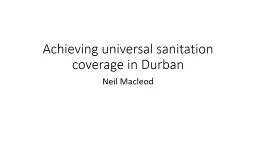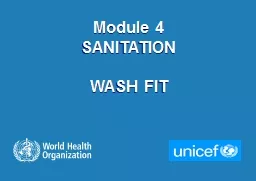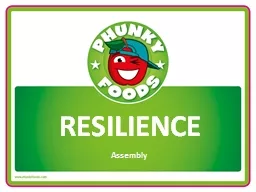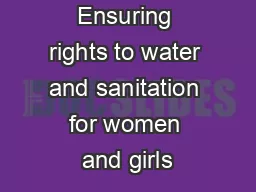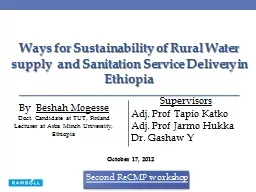PPT-Urban sanitation markets: scale and resilience
Author : calandra-battersby | Published Date : 2016-08-11
organised by BONDs UKWN and Overseas Development Institute 4 th December 2015 Jonathan Parkinson Senior WaSH Programme Development Specialist Oxfam GB Esther
Presentation Embed Code
Download Presentation
Download Presentation The PPT/PDF document "Urban sanitation markets: scale and resi..." is the property of its rightful owner. Permission is granted to download and print the materials on this website for personal, non-commercial use only, and to display it on your personal computer provided you do not modify the materials and that you retain all copyright notices contained in the materials. By downloading content from our website, you accept the terms of this agreement.
Urban sanitation markets: scale and resilience: Transcript
Download Rules Of Document
"Urban sanitation markets: scale and resilience"The content belongs to its owner. You may download and print it for personal use, without modification, and keep all copyright notices. By downloading, you agree to these terms.
Related Documents

